#thomas rankine
Explore tagged Tumblr posts
Text
As Friends Rust "More Than Just Music, It's A Hairstyle"
youtube
#as friends rust#more than just music it's a hairstyle#damien moyal#joe simmons#chris beckham#thomas rankine#zach swain#punk#punk rock#a young trophy band in the parlance of our times#2002#Youtube
3 notes
·
View notes
Text
Lane's video comparison of all the broadcast changes of Frosty the Snowman 1969/1973
eat your heart out Star Wars original trilogy Special Editions.
#rankin bass#frosty the snowman#1969#1973#studio mushi#mushi studio#cbs#nbc#june foray#suzanne davidson#paul frees#jackie vernon#greg thomas (stern)#eat your heart out star wars original trilogy special editions
2 notes
·
View notes
Text
The X-Men (plus Mimic) go Ice Skating. Plus, Scott is again suffering from loneliness. I always love these slice of life intro scenes, and scott is still so relatable here (X-Men #29):


#xmen#x men#original xmen#I love werner roth's art#so colourful and expressive#he was a master at the quiet moments#roy thomas#werner roth#cyclops#scott summers#jean grey#marvel girl#beast#hank mccoy#angel#warren worthington iii#iceman#bobby drake#x men mimic#calvin rankin
9 notes
·
View notes
Text
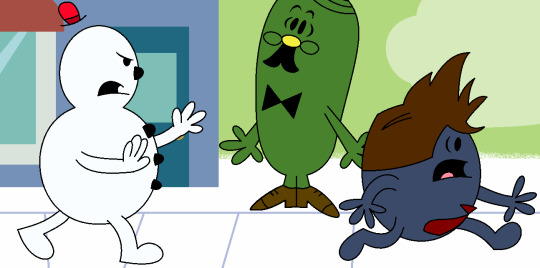
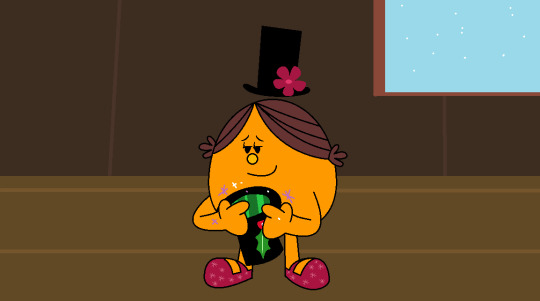
















Happy Holidays 2023 Part 2
#mr men show#mr christmas#veggietales#doctor who#tenth doctor#mr fussy#thomas and friends#little miss curious#the amazing world of gumball#penny fitzgerald#battle for dream island#homestar runner#rankin bass#cartoon network#cookie run#anpanman#blues clues#funny face#goofy grape#little miss shy
17 notes
·
View notes
Text
the danny kaye puppet was way cuter btw and he's in the one with boris karloff. but also this is the classic rankin/bass move of making two movies that are identical to each other. actually three if you count santa claus is comin to town.
santa claus is comin' to town - 1970 : fred astaire as s.d. kluger. almost as well recieved as rudolph.
here comes peter cottontail - 1971 : danny kaye as Mr. Sassafras : just god damned adorable. and boris karloff plays an evil bunny
the easter bunny is comin' to town - 1977: fred astaire as s.d kluger AGAIN. i thought this was the same as the 1971 easter movie until just now when i mentally delineated the two of them.
mad monster party and mad mad mad monsters - 1967 and 1971 respectively but one is stopmo and the other is cel. the plot is exactly the same what the CEL are we doing! haha. but seriously that is how you run a company into the ground


you can 100% tell which one is the good one and which one is the shitty one. we did not actually need to replace the fun nice-looking danny kaye puppet with a second fred astaire puppet.

this was cute.
#puppetposting#and what does this have to do with bbc ghosts? absolutely nothing!#but i will be referencing the danny kaye puppet as i draw thomas thorne#rankin bass
3 notes
·
View notes
Text

Kristin Scott Thomas
#no details to be had but it was too good not to post#kristin scott thomas#what a face#maybe shot by rankin?#i think it's from a 2019 editorial for Hunger Magazine
18 notes
·
View notes
Text
Do you think if we made hope, everett, calvin, rogue, and michael (pointer) hold hands in a circle they'd just explode after a few seconds of touching
#qtna#hope summers#synch#everett thomas#mimic#calvin rankin#rogue#anna marie lebeau#omega#michael pointer#comics#marvel comics#xmen#x men#file under: text post#krakoa
2 notes
·
View notes
Text
Remember “The Cricket on the Hearth”? Well, Lucky You Have Me
Rankin/Bass's animated musical "Cricket on the Hearth" (1967) is a holiday film narrating the story of Cricket Crocket who ends up living with the financially-troubled Plumber family.
In keeping with the holiday season, I decided to watch the Rankin/Bass follow up to Rudolph, “Cricket on the Hearth” (1967). This is another Christmas classic I grew up watching, but unlike Rudolph, I don’t remember it playing every year. In fact, I don’t remember seeing it until I was a bit older, maybe early 2000s. Now, I own it on Blu-Ray and can watch it year in and year out. While this made…

View On WordPress
#Abbe Lane#animated#Charles Dickens#Christmas#drama#Ed Ames#Film#Hans Conried#Marlo Thomas#Movie Review#Movies#Paul Frees#Rankin/Bass#Roddy McDowall#romance#The Cricket on the Hearth
3 notes
·
View notes
Text
All of Estradiol Illusions' holiday coverage of batshit crazy Rankin/Bass specials, The Muppets, and Thomas the Tank Engine.
#lgbtq#trans#rankin bass#christmas#podcast#christmas podcast#xmas#transgender#thomas the tank engine#muppet christmas carol#muppets#Spotify
2 notes
·
View notes
Text

4 notes
·
View notes
Text
Reese Witherspoon goes 'Wild' on Hulu
Wild (2014), adapted from Cheryl Strayed’s memoir, is more than a vehicle for its star / producer Reese Witherspoon. Directed by Jean-Marc Vallée (The Dallas Buyer’s Club) and adapted for the screen by novelist Nick Hornby (who also scripted An Education), it’s an odyssey on a human scale: a hike along the Pacific Crest Trail, a 1700-mile journey undertaken without any preparation or training.…
#2014#Blu-ray#DVD#Gaby Hoffmann#Hulu#Jean-Marc Vallée#Kevin Rankin#Laura Dern#Nick Hornby#Reese Witherspoon#Thomas Sadoski#VOD#W. Earl Brown#Wild#Yves Bélanger
0 notes
Text







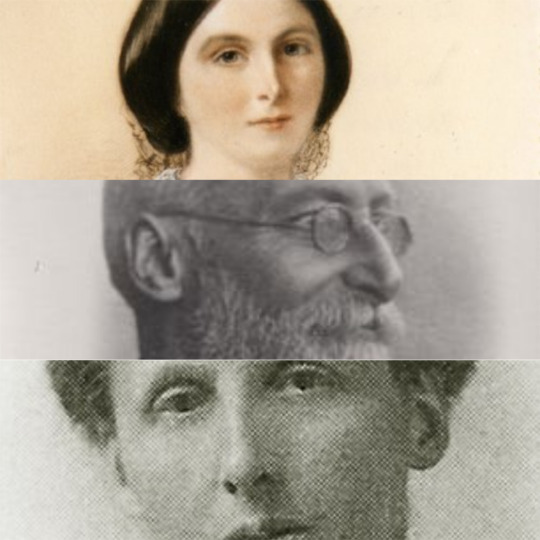

The Irish Princess and her dynastic marriage to a Norman that helped shape Europe. Aoife, Princess of Leinster -> Catherine, The Princess of Wales. The Princess of Wales is Aoife, Princess of Leinster and Richard de Clare, Earl of Pembroke 26th Great-Granddaughter via her paternal grandfather’s line.
** Aoife or Eva, Princess of Leinster, played a pivotal role in the history of Ireland and the Norman expansion. She was the daughter of Diarmaid MacMurrough, King of Leinster, who sought the help of the Normans to secure his throne and defeat his enemies. As part of this alliance, Aoife married the Norman leader Richard de Clare, known as ‘Strongbow,’ on 25 August 1170. This marriage marked the arrival of the Normans in Ireland, just 104 years after their conquest of England by William the Conqueror.
Through their daughter, Isabelle de Clare, The 4th Countess of Pembroke, the union of Aoife and Strongbow forged a lineage that would shape the future of European nobility. Isabelle became an ancestor of nearly every reigning monarch across Europe. Within a few generations, her descendants included much of the European aristocracy, including all the Kings of Scotland since Robert the Bruce (1274–1329) and every monarch of England, Great Britain, and the United Kingdom since Henry IV (1367–1413).
Family Line
Aoife MacMurrough, Princess of Leinster and Richard de Clare, 2nd Earl of Pembroke. Painting of their wedding, depicting the political and cultural consequences.
Isabelle de Clare 4th Countess of Pembroke m. William Marshall 1st Earl of Pembroke.
Eve Marshall m William de Briouze, born Pembroke Castle.
Eve de Briouze m. William de Cauntelo, Coat of Arms
Millicent de Cauntelo m. Eon la Zouche, Coat of Arms
Eva la Zouche m. Maurice de Berkeley, 2nd Lord Berkeley, buried St Mary's Church, Portbury.
Thomas de Berkeley, 3rd Lord Berkeley m. Catherine Clivedon
Sir John Berkeley m. Elizabeth Betteshorne, burial location.
Eleanor Berkeley m. Sir Richard Poynings, burial tomb.
Eleanor de Poynings m. Henry Percy, 3rd Earl of Northumberland
Lady Margaret Percy m. Sir William Gascoigne
Anne Gascoigne m. Sir Thomas Fairfax - Gawthorpe Hall, family seat.
William Fairfax m. Anne Baker - Gilling Castle, family seat.
John Fairfax m. Mary Birch - Master of the Great Hospital at Norwich, Norfolk
Rev. Benjamin Fairfax m. Sarah Galliard - Preacher at Rumburgh, Suffolk.
Benjamin Fairfax m. Bridget Stringer - died in Halesworth, Suffolk.
Sarah Fairfax m. Rev. John Meadows - died in Ousedon, Suffolk.
Philip Meadows m. Margaret Hall
Sarah Meadows m. Dr. David Martineau
Thomas Martineau m. Elizabeth Rankin - buried at Rosary Cemetery, Norwich.
Elizabeth Martineau m. Dr. Thomas Michael Greenhow - died in Newcastle upon Tyne, Northumberland.
Frances Elizabeth Greenhow m. Francis Lupton
Francis Martineau Lupton m. Harriet Davis
Olive Lupton m. Richard Middleton
Peter Middleton m. Valerie Glassborow
Michael Middleton m. Carole Goldsmith
Catherine Middleton m. Prince William of Wales
*Catherine is also a descendant of Aoife via her mother Caroles maternal line.
#ktd#brf#british royal family#kate middleton#princess of wales#british royal fandom#History#history lesson#cultures#european history#women in history#strongbow#medieval art#historical#middle ages#medieval core#ireland#irish history#normans#Aoife#princess of Leinster
25 notes
·
View notes
Text










James Schuyler, The Elizabethan’s Called It Dying | Camille Rankine, On the Motion of Animals | Thomas Hardy, Far from the Madding Crowd | Clementine Von Radics, The Fear
143 notes
·
View notes
Text
Lost, but Not Forgotten: What Price Beauty? (1925)
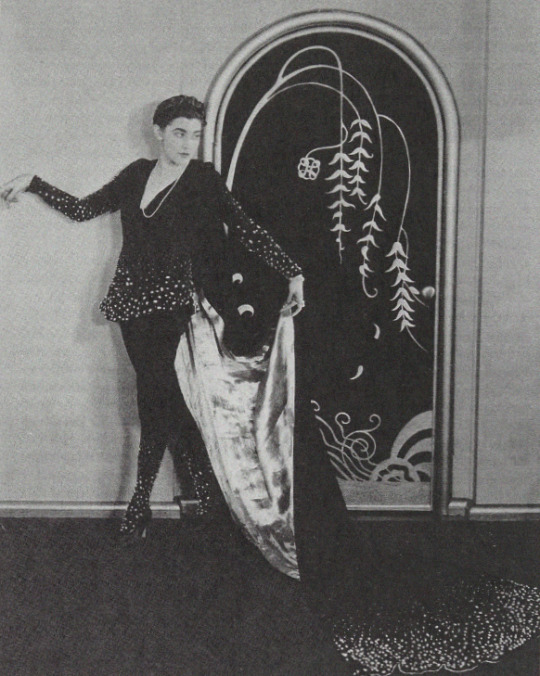
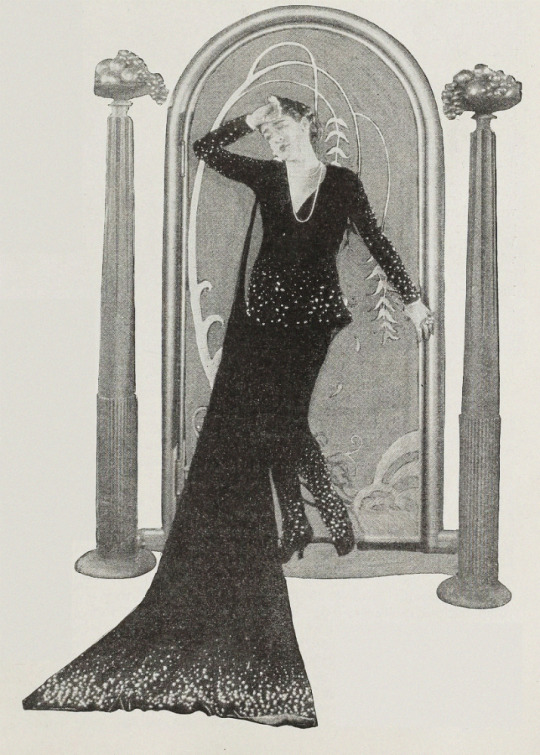
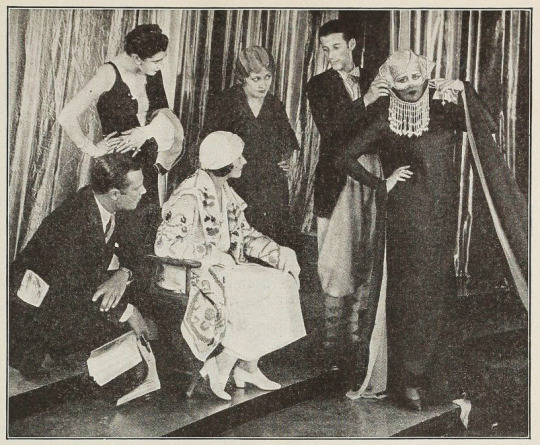
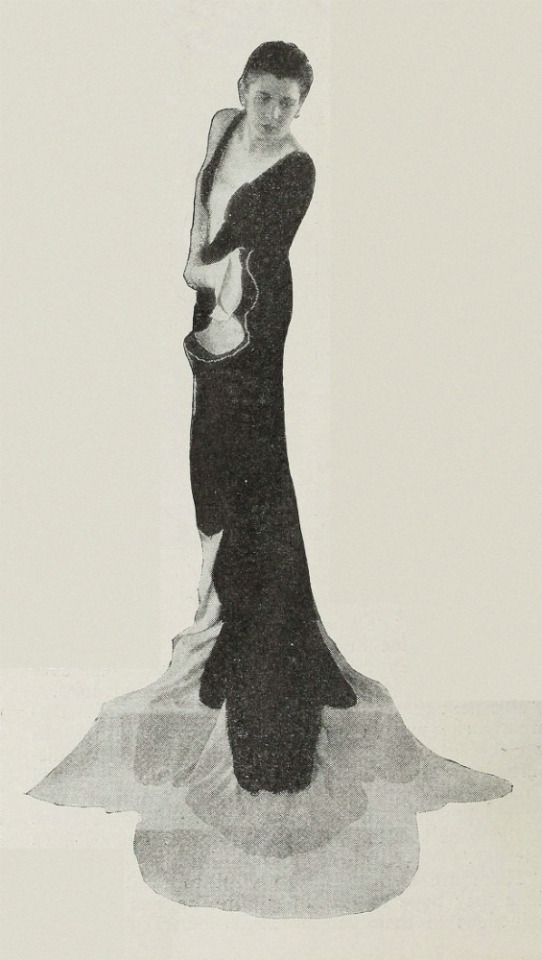
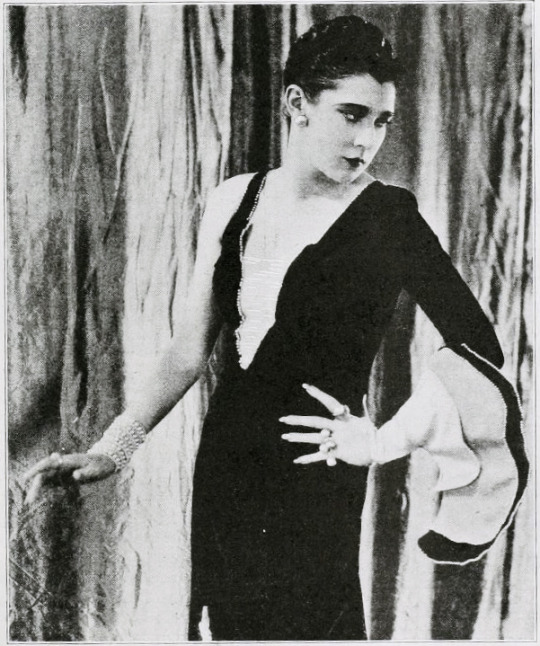
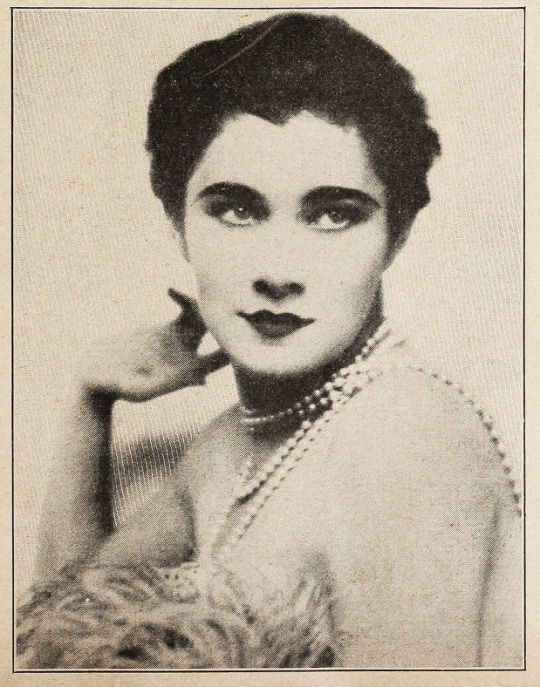
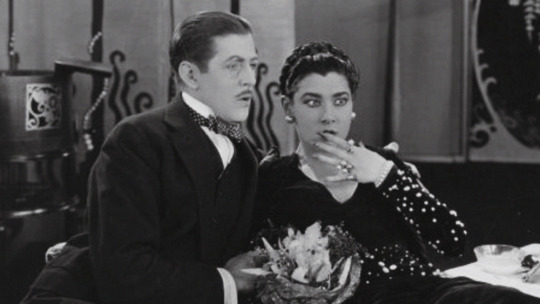
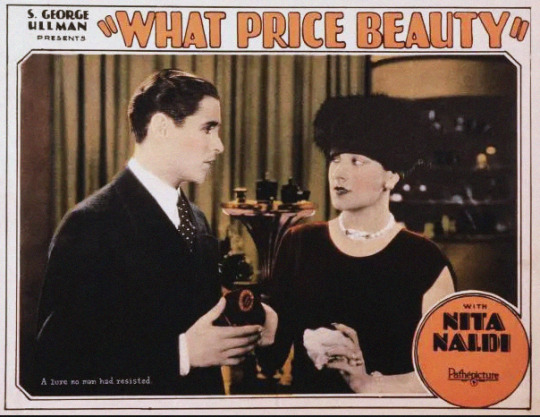
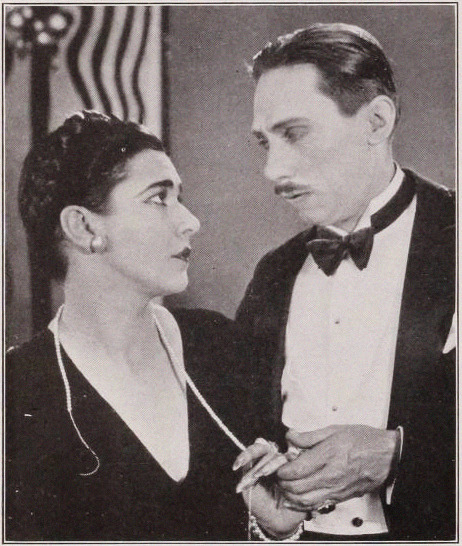
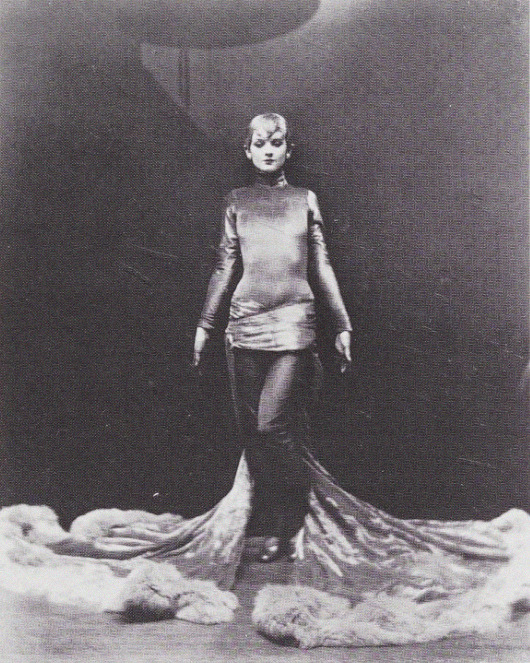
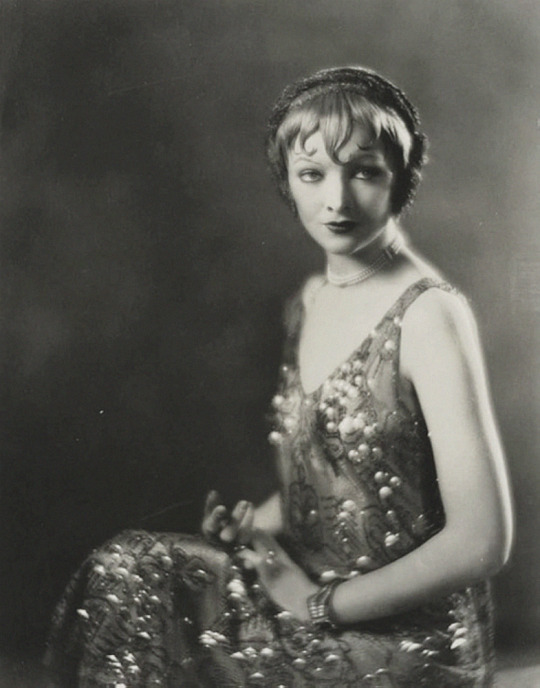
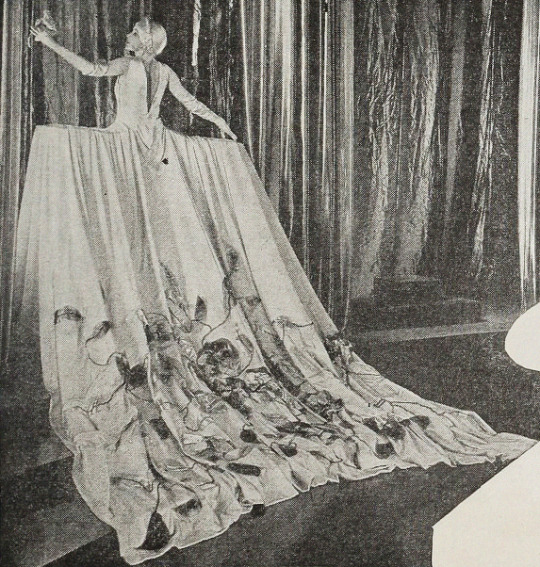
Direction: Thomas Buckingham
Scenario & Story: Natacha Rambova
Titles: Malcolm Stuart Boylan
Production Manager: S. George Ullman
Camera: J. D. Jennings
Art Direction: Natacha Rambova
Production Design: William Cameron Menzies
Costume Design: Adrian
Studio: Circle Films (Production) & Pathé Exchange (Distribution)
Performers: Nita Naldi, Pierre Gendron, Virginia Pearson, Dolores Johnson, Myrna Loy, Sally Winters, La Supervia, Marilyn Newkirk, Victor Potel, Spike Rankin, Rosalind Byrne, Templar Saxe, Leo White Maybe: John Steppling, Paulette Duval, Dorothy Dwan, and Sally Long
Premiere: None, general release: January 22, 1928
Status: Presumed entirely lost.
Length: Variously reported as 5000 and 4000 feet (more commonly listed as 4000) or 5 reels
Synopsis (synthesized from magazine summaries of the plot):
Mary, a.k.a. “Miss Simplicity” (Dolores Johnson) is a starry-eyed, country-to-city transplant. She works at a beauty shop operated by a glamorous matron (Virginia Pearson) and owned by the young and handsome Clay (Pierre Gendron).
Mary is in love with Clay, but doesn’t have the nerve or feminine wiles to woo him. The uber-sophisticated Rita (Nita Naldi), however, is chock full of nerves and wile. Rita’s fancy clothes and perfumes and advanced flirting skills leave Mary feeling destined to fail at winning Clay’s amorous attention.
These feelings sublimate into an expressionistic dream for Mary, where she finds herself transformed into a sophisticate like Rita. Her boss is seen as a magnificent wizard, converting her clients into archetypes of glamour: exotic types, flappers, and sirens. Her competition, Rita, is seen as a bewitching spider.
In the end, surprising Mary, it turns out that her fresh-faced, unassuming charm is more appealing to Clay than Rita’s more practiced charm.
Additional sequence(s) featured in the film (but I’m not sure where they fit in the continuity):
Scene of the trials and tribulations of a fat woman trying to “reduce”
Points of Interest:
Only one quarter of Nita Naldi’s Hollywood films have survived (7 extant titles/21 lost or mostly lost titles).
——— ——— ———
What Price Beauty? was the first and only film produced under Natacha Rambova’s own company. Coordinating production for the film was the business manager for Rambova and her husband Rudolph Valentino, S. George Ullman. The couple met Ullman when he was working for Mineralava beauty products, the sponsor of their 1922-3 dancing tour.
When Rudolph Valentino entered into a contract with United Artists, said contract reportedly stipulated that Valentino-Rambova were not a package deal. Therefore, Rambova could not collaborate with Valentino on his productions for United. Possibly as consolation, Ullman funded a production for Rambova while Valentino worked on The Eagle (1925, extant).
For Rambova, What Price Beauty? was meant to be a proving ground for her idea that an artistic film could be made on a modest budget. She also wished to remind people that she was a skilled artist in her own right.
In an interview in Picture Play Magazine from August 1925, Rambova asserts:
“…I do not want the production in any sense to be referred to as high-brow or ‘arty’. My reputation for being ‘arty’ is one of the things that I have to live down, and I hope by this picture, which is a comedy—even to the extent of gags and hokum—to overcome that idea. “A woman who marries a celebrity is bound to find herself in a more or less equivocal position, it seems, and her difficulties are only increased when she happens to have had some artistic ambitions of her own before her marriage. I am afraid that those who have accused me of meddling in my husband’s affairs forget that I enjoyed a certain reputation and a very good remuneration for my work as well before I became Mrs. Valentino.”
“What I desire personally is simply to be known for the work which I have always done, and that has brought me a reputation entirely independent of my marriage.”
There isn’t a vast amount of information on what exactly prevented WPB from gaining release in a timely fashion. If the film was truly nothing more than a ploy to separate Rambova from Valentino, that would be an absurd waste of time, money (~$80,000 in 1925 USD), and talent—Rambova employed soon-to-be famous designer Adrian for costumes and William Cameron Menzies for set decoration. Not to mention that, in front of the camera, Nita Naldi was still a popular star and the Rambova discovery, Myrna Loy, made her quickly hyped debut.
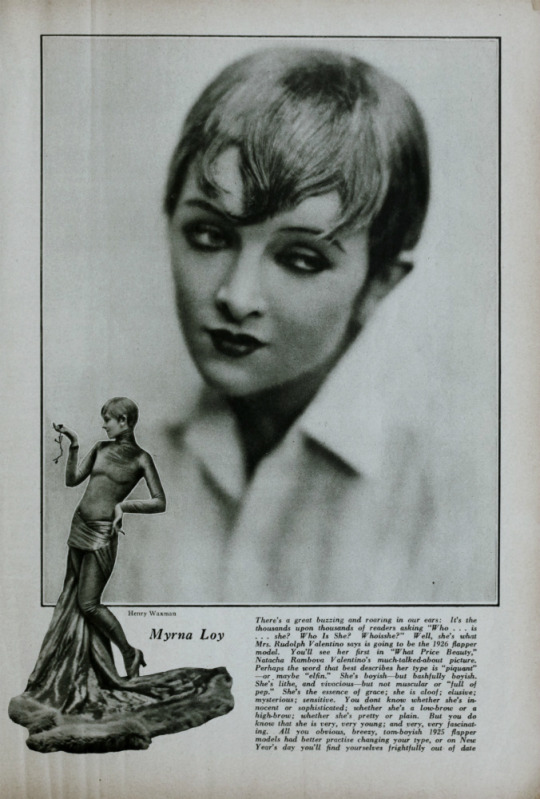
When Pathé finally purchased WPB for distribution in 1928, they did very little to promote the film. Naldi had moved on from the film industry—as had Rambova. And, while Loy hadn’t become the huge star we know today by January of 1928, Warner Brothers had already given her top billing in a number of films. Pathé barely mentions Loy’s role in the little promotion they did do.
To put WPB’s release in the context of Rambova’s personal/professional biography (which you can read more about here):
June/July 1925 – WPB is completed, Rambova and Valentino separate (in July according to Rambova’s mother as quoted in Rambova’s book Rudy)
August 1925 – Rambova leaves Hollywood for New York City, reportedly to negotiate distribution for WPB. She and Valentino would see each other in person for the last time. Rambova leaves NYC for Europe.
September 1925 – Valentino draws up a new will disinheriting Rambova
November 1925 – Rambova returns to the US to act in a film, When Love Grows Cold (1926, presumed lost), a title which Rambova objected to
December 1925 – Rambova files for divorce
August 1926 – Valentino dies
January 1928 – WPB is finally released with no fanfare by Pathé
In my research for my Rambova cosplay, the suspicious production/release history for this film stood out to me. I hoped that I might find some reliable evidence of whether WPB was a consolation prize and/or a scheme to keep Rambova and Valentino apart. Honestly and unfortunately, circumstantial evidence does support it!
After poring over what few contemporary sources cover WPB, there seemed to be no plan in place for distribution as the film was in production. United Artists, at whose lot the film was shot, claimed to have nothing to do with its release. Ullman had a news item placed about negotiating the distribution rights in the East. However, in Ullman’s own memoir, he admits that when he travelled to New York with Rambova, it was in a personal, not professional capacity—navigating the couple’s separation. (Ullman’s book contains many disprovable claims and misrepresentations, so anything cited from it should be taken with a grain of salt.) That said, Ullman’s failure to secure even a modest distribution deal for WPB in a reasonable timeframe speaks to how ill-founded Valentino’s and Rambova’s trust in his business acumen was.
WPB cost $80,000 to produce, which converts to $1.4 million in 2023 USD. While that wasn’t an outrageous budget for a Hollywood feature film at the time, especially one with such advanced production value, it’s certainly an absurd cost if the goal was only to separate a bankable star from his wife and collaborator.
A close friend and employee of Valentino and Rambova, Lou Mahoney, recalled in Michael Morris’ Madam Valentino:
“The picture was previewed at a theater on the east side of Pasadena, and Mahoney remembered the audience reaction as positive, but, thereafter, What Price Beauty? was consigned to oblivion. Mahoney knew why: ‘No help came from anyone, no thoughts of trying to get this picture properly released. No help came from Ullman, Schenck, or anybody else. Their whole thought was that if the picture were a success, Mrs. Valentino would be a success. She would then start producing under the Rudolph Valentino Production Company. But this nobody wanted—except herself, and Mr. Valentino.’”
——— ——— ———
The few reviews from 1928 that I was able to find are not very complimentary of WPB. The critics seem thrown by the film’s tone or genre—reading it as a drama. (Part of that is Pathé’s fault as they listed it as one.) But, according to sources contemporary to WPB’s production, it was intended to be a farcical satire of the beauty industry and social expectations of feminine beauty. Given the simple story, the intentional typage of characters (“The Sport,” “The Sissy,” and “Miss Simplicity”), and the over-the-top-but-on-a-budget art design of WPB, all signs point to high camp. In 1925 as well as 1928, the stodgier side of the critical spectrum would likely fail to see its appeal.
It’s a true shame we can’t find out for ourselves how good, bad, or campy WPB was as of yet, but here’s hoping the film resurfaces!
More about Rambova
GIFs of some of her design work on film
☕Appreciate my work? Buy me a coffee! ☕
Transcribed Sources & Annotations over on the WMM Blog!
#1920s#1925#1928#natacha rambova#nita naldi#cinema#silent cinema#american film#independent film#classic film#classic movies#film#silent film#silent movies#silent era#classic cinema#silent comedy#lost film#film history#history
24 notes
·
View notes
Text
Humanized Ten Cents!! (REF.)

Since my Human Thomas is Sonic I made Ten Cents Knuckles-esque haha.
This is my first TUGS humanization. I hope you like it.
Some notes for my au:
The boats wear sandals (except Grampus he wears flippies :3)
They have aquatic animal forms
They can swim but prefer to stay by Bigg City Port
If it were a tv show the animation style would be similar to Rankin Bass

#this is tugs#tugs ten cents#ten cents#tugs humanized#humanoid#boat#tugboat#anthro#my art#my au#tugs au#fanart#spin off series#reference sheet
10 notes
·
View notes
Text

— Smaller TV Series roles by Michael Emerson!
The X-Files (S9.E18) - Oliver Martin
Law & Order: Special Victims Unit (S5.E14) - Allan Shaye
Law & Order: Criminal Intent (S1.E16) - Gerry Rankin
Arrow (S6.E4, S6.E7, S6.E9, S6.E10, S6.E11, S6.E12, S6.E13) - Cayden James
Parenthood (S2.E16) - Andy Fitzgerald
Mozart in the Jungle (S4.E4, S4.E9) - Morton Norton
Claws (S1.E9) - Ted
God in America (S1.E1) - John Winthrop
The Inside (S1.E3) - Marty Manning
Skin (S1.E2) - Scarpelli
The Practice (S5.E8, S5.E9, S5.E10, S5.E11, S5.E12, S5.E13) - William Hinks
Stark Raving Mad (S1.E21) - Mr. Putnam
Whoopi (S1.E11) - F. Thomas Erickson
Without a Trace (S1.E19) - Stuart Wesmar
The Name of the Rose (S1.E1, S1.E2, S1.E3, S1.E4, S1.E5, S1.E6, S1.E7, S1.E8) - Abate Abbassano da Fossanova

Voice acting roles and his heavier appearance roles (lost, poi, evil) have been omitted, but here are some episode recommendations if you're ever looking for something to watch!
#Michael Emerson#The X Files#Law and Order: Special Victims Unit#Law and Order: Criminal Intent#Arrow#Parenthood#Mozart in the Jungle#Claws#The Inside#Skin#The Practice#Stark Raving Mad#Whoopi#Without a Trace#The Name of the Rose
25 notes
·
View notes